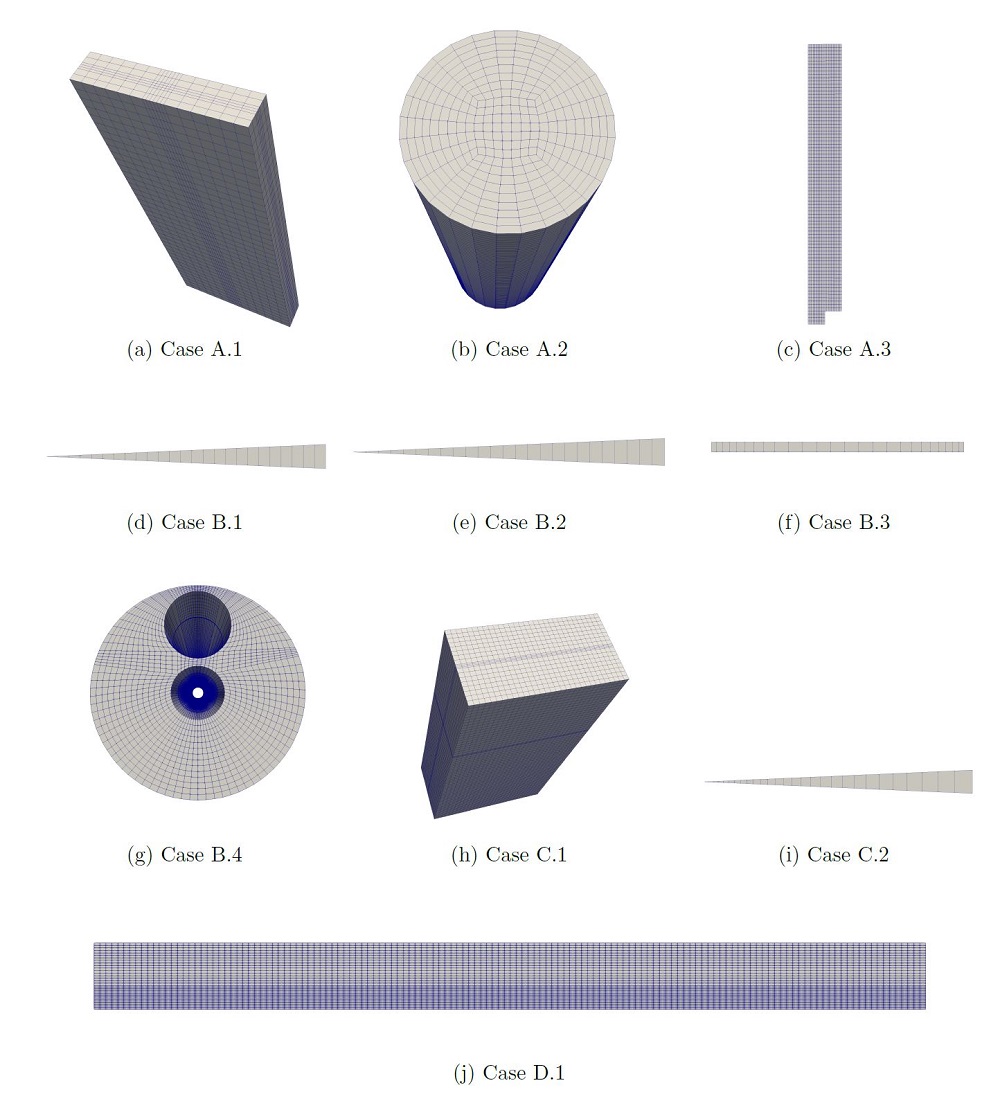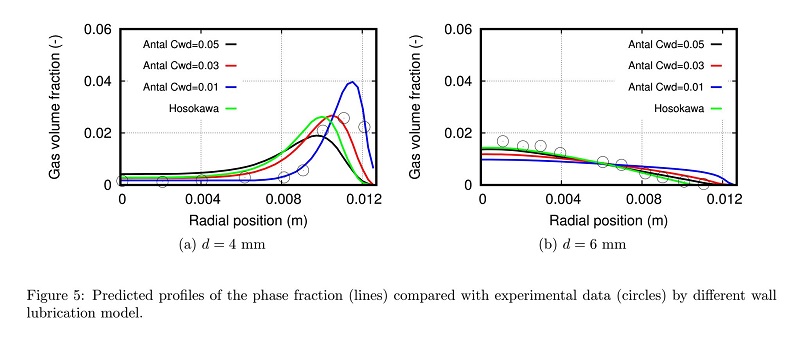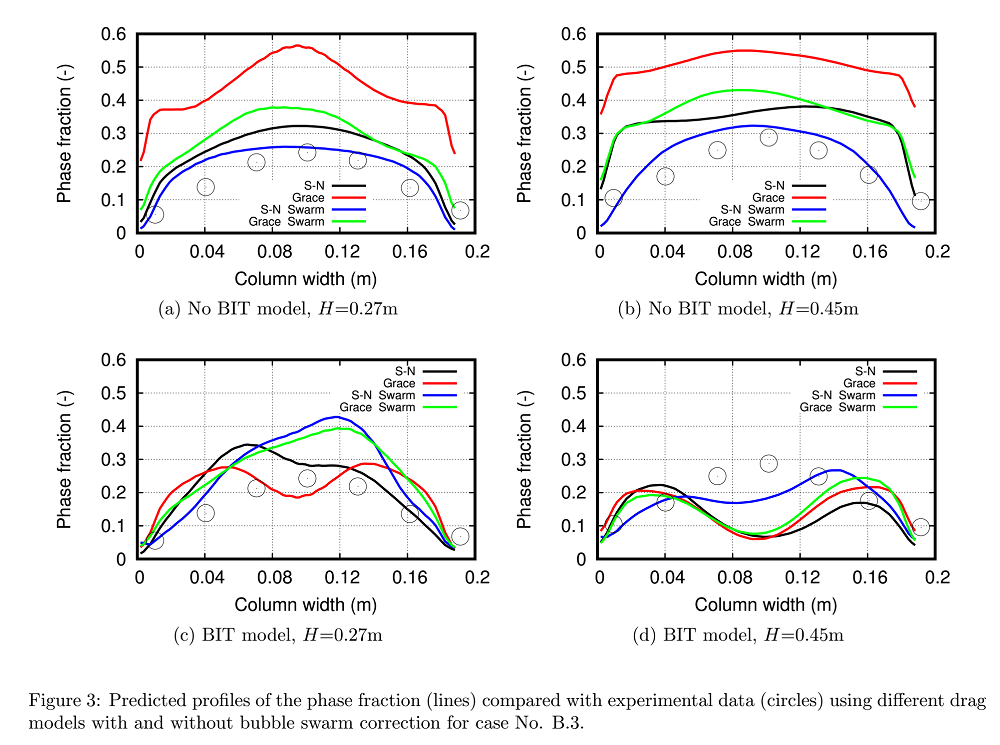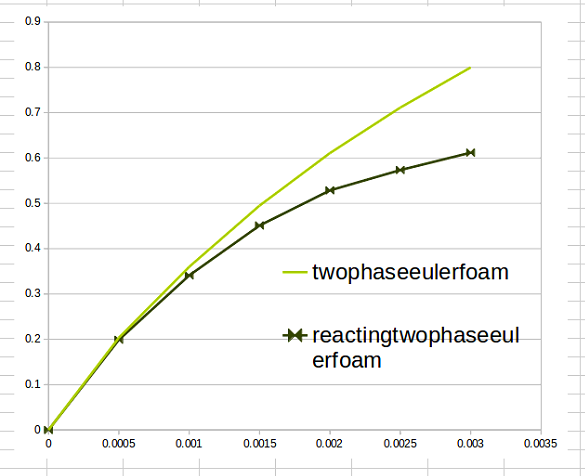Gas-liquid test cases simulated by the Eulerian-Eulerian method
-
Abstract
The Eulerian-Eulerian (E-E) approach is widely used to simulate gas-liquid system since it is applicable to a wider range of phase fraction. However, to obtain satisfactory predictions, suitable sub-models and parameters need to be adjusted. In this work, ten classic gas-liquid systems, as the baseline test cases, were selected to validate the E-E approach numerically with fruitful experimental data in the literature. These test cases feature with different disciplines and were selected from different industries covering from chemical, nuclear, bioprocessing, metallurgical and ocean engineering. Simulations were launched by the OpenFOAM solver
reactingTwoPhaseEulerFoam, in which an E-E method was implemented with sophisticated numerical techniques. The governing equations and numerical methods were firstly revisted in details. The effects of the mesh resolution, discretization scheme, turbulence model, drag force and non-drag forces on the predicted phase fraction distribution, gas holdup, liquid velocity and the turbulence variables were investigated. Our results show that the including of the drag force, as the most important momentum interfacial exchange term, is very important for all the test cases. It determines the global gas holdup and the vertical liquid velocity. Other non-drag forces play a crucial role for the test cases of which the aspect ratio of the geometry is large (e.g., pipe flows). Meanwhile, relatively coarse mesh can be used for all the test cases since the E-E approach is based on the macroscopic assumptions. The turbulence model and the bubble induced model can improve the predictions in certain cases. However, a universal model setting can be hardly obtained.Test cases

Results



